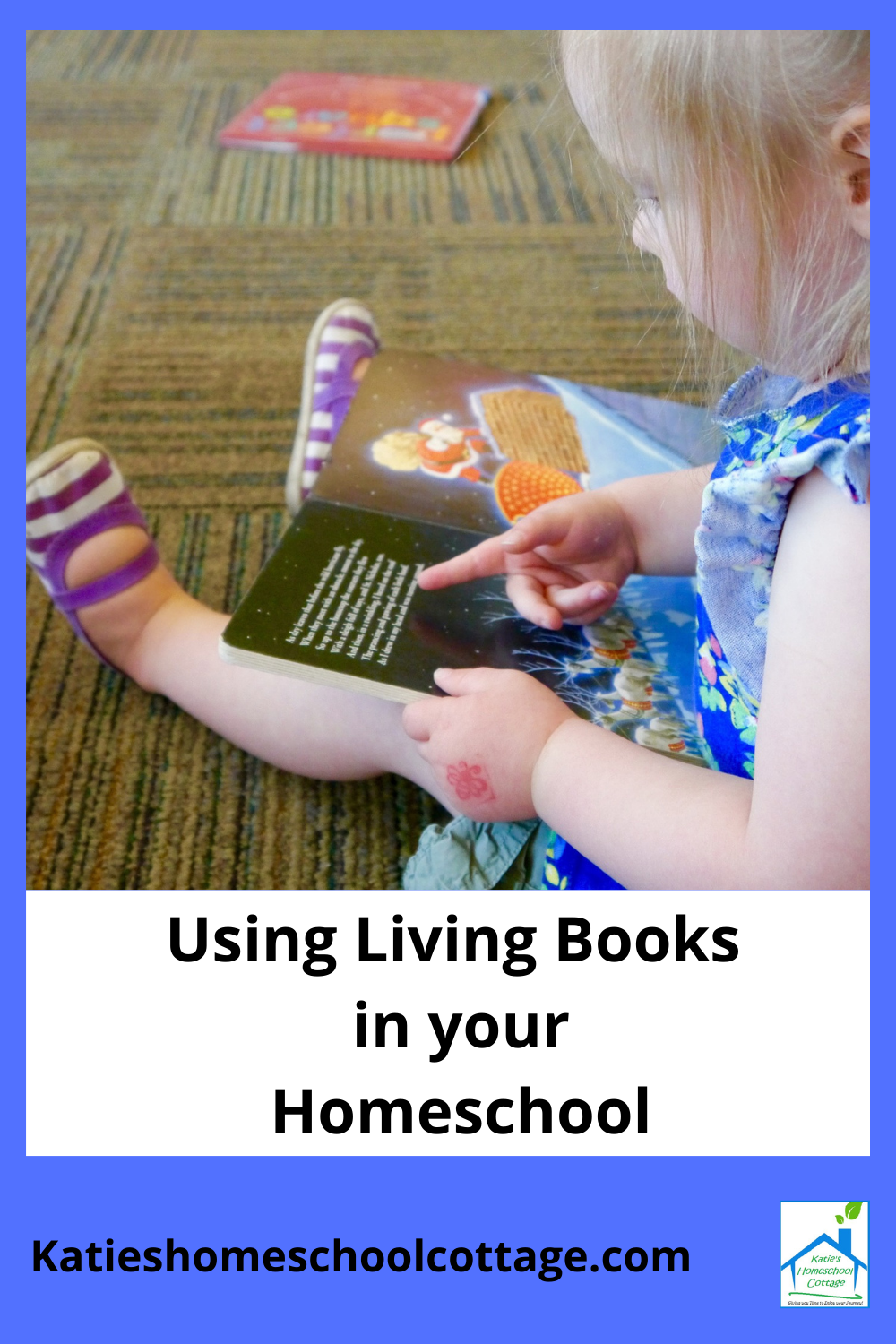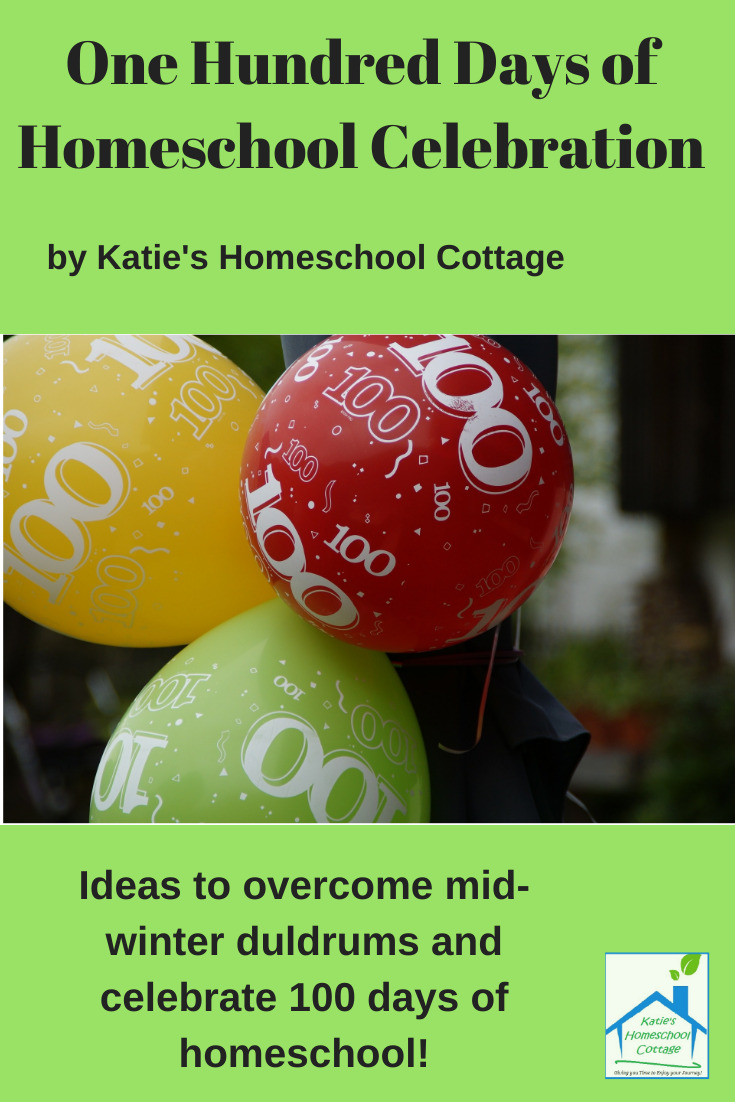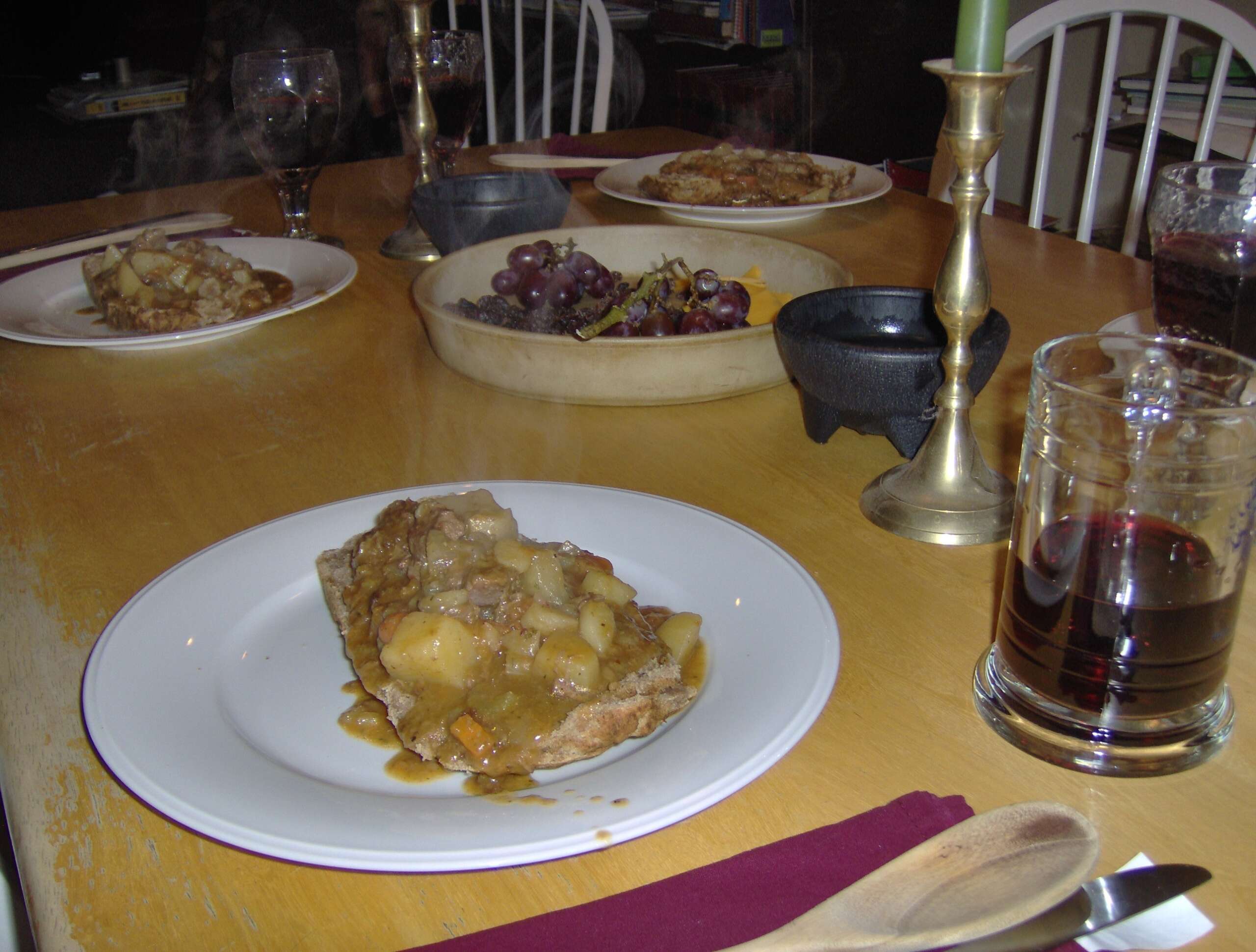Charlotte Mason Method – Using Living Books
(This post is the second in a series about using the Charlotte Mason methods.)
My family and I use the Charlotte Mason method in our own way and what best serves us. I use recommendations from various Charlotte Mason books and websites, including Ambleside Online.
However, we don’t strictly follow the scope and sequence recommended by Ambleside, but we do use some of the living books and methods advocated.
I believe parents need to modify educational methods that work best for the members of their family. This applies to selecting the books you will use in your homeschool as well.
Some homeschoolers believe books that might be more modern light reading to be twaddle and should be discouraged.
Other parents with reluctant readers might use these books to interest these readers into reading books recreationally on their own.
You do, however, want to read aloud and encourage your children to read quality literature in its theme, content, and writing.
Barring learning disabilities, children’s vocabulary and reading and writing abilities develop with exposure to more sophisticated literature rich in imagery and descriptive language.
Their taste for good stories is encouraged with a steady diet of well developed plots and characters, including non-fiction events and famous people.
If we read a title that was recommended by Charlotte Mason websites or programs that we found uninteresting, even though others had raved about it, we simply stopped reading it after giving it a good try.
Some titles are going to appeal to some and not to others. If I were to force my children to listen to the book and myself to read it, we would not be using our time wisely and would be killing our joy in learning.
As I tell my children repeatedly, life and use of your time is a matter of choices, and you want to choose the “best”, not just “good.”
Charlotte Mason discouraged twaddle in her students’ reading. She encouraged “living books.”
These books are whole books with entire stories or are written on one topic, not written like a textbook covering a wide variety of topics with summaries of facts.
Living books can be used in all subject areas including math.
Teaching Math Using Living Books
For a more detailed explanation of using living books in math or with the topic of Pi, read our articles about using Charlotte Mason methods in math Teaching Math Using Living Books and Celebrate Pi Day.
Using Living Books to teach History
For history, science (including nature study), literature, and even geography there are a number of books out there written on one topic or time period written by people with a knowledge and passion for that topic.
This passion and attention to detail is what makes the children enjoy reading these books, interested in the topic, and remember what they read.
History and historical figures come to life through detailed stories of events and lives of people in different time eras. More in the fashion of a classical education, we study our history in a chronological fashion starting with ancient and biblical times.
We also study the time period horizontally across the hemispheres and different continents. We read a couple of books as our spine that cover the time period, while reading other books that are about specific topics pertaining to that time period.
For example, while studying ancient Egypt and using Story of the World and A Child’s History of the World as spines, we also read books about pyramids, King Tut, and scientific discoveries.
We also read fictional books that centered around characters and their daily lives during the ancient Egyptian times to get a feel for the time period and what common daily life was like. We had a framework with details to fill in that framework.
Some places to look for history titles that might interest you would be homeschoolchristian.com, Yesterday’s Classics, Gateway to the Classics. Also you will want to study primary sources that tie into your history study.
Using Living Books to Teach Science
For science, you might want to read living books that include biographies of scientists or books about specific topics.
We tie our science study in with what area of science was being developed or the scientists that lived during the specific time period we are studying.
For example, if you are studying the renaissance, you can read about Galileo or Leonardo da Vinci. For your nature study, there are numerous sources from which to choose as well.
Some places to look for titles are homeschoolChristian.com, Nature Study, Nature Stories. We also use the Apologia series for the elementary and the middle/high school levels. We read books aloud that go along with our studies in these books.
Using Living Books to Teach Geography
When studying geography, we read general geography books and others that go along with our studies of a specific time period or geographical area in history. We’ve read Holling C. Holling books and mapped the area as we read.
Charlotte Mason also wrote her own geography books – Geographical readers. Two other geographic living books are A Child’s Geography series.
Living Books as Good Literature
Good literature to read has a good plot, detailed and vivid character descriptions, and various literary elements with extensive vocabulary.
A good example of clever use of words is found in The Phantom Tollbooth with all of its puns, idioms, and plays on words.
For adventure and satirical comedy, we have read Tales of Robin Hood by Howard Pyle and The Connecticut Yankee in King Arthur’s Court by Mark Twain while we studied the middle ages.
My sons laughed out loud with the comedic situations in these stories.
My son has also enjoyed The Adventures of Tom Sawyer and Huckleberry Finn with Mark Twain’s style of tongue in cheek sense of humor.
He was very tickled reading about their big plans they would make in their club that actually turned out to be nothing in reality, but in their imaginations they had great adventures they would retell to one another.
These books tie in the historical period of the time, but are also thoroughly enjoyable, and develop your child’s creativity, vocabulary, and use of words.
Some places to look for lists of good books are homeschoolchristian.com reading lists, Gateway to the Classics .
You know your children, what interests them, what their individual abilities are, and what you are studying.
You make the decisions about what you feel is good literature for your children.
These are suggested titles that have worked for us.
Don’t feel you have to start or finish a book just because you see that it has been recommended by other Charlotte Mason homeschoolers.
Use what you feel will work best for your family and enjoy your time reading aloud with one another.
My children and I take turns reading and creating the voices of the characters in the stories and how we think they would sound based on their personalities in the story or the time period they are in!
Hope you can use these ideas and have found this information helpful!
Using Narration in your Homeschool is the next post in this series.
To see a list of other posts related to Charlotte Mason Homeschooling click here.





